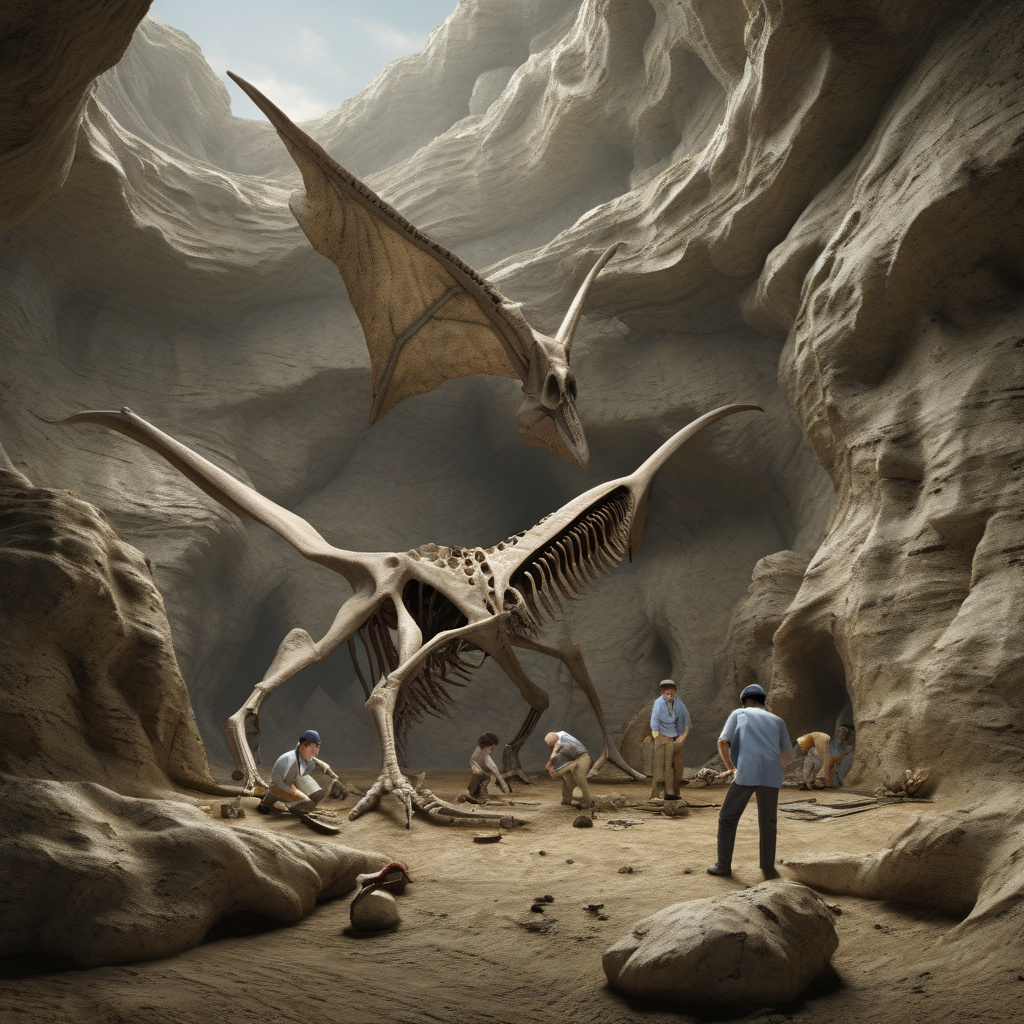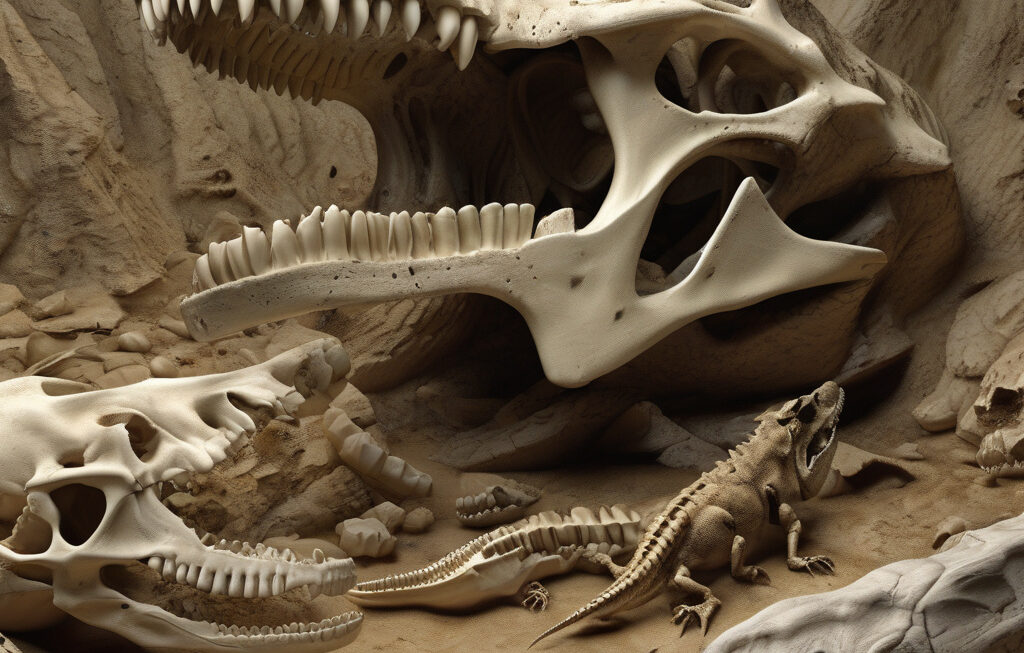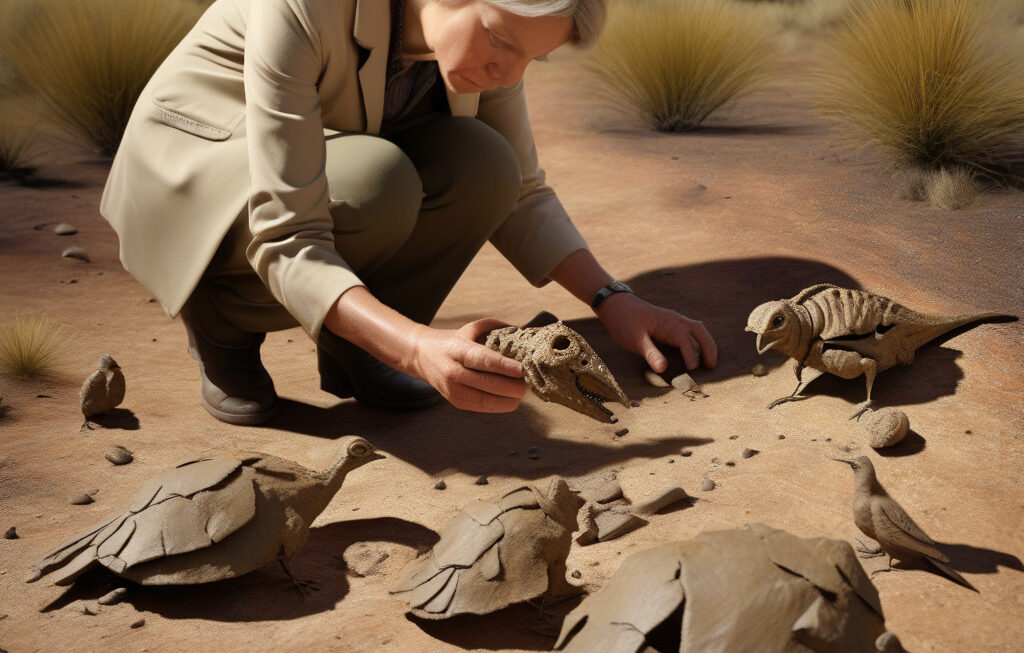An international team of researchers discovered a truly remarkable pterosaur from Japan, the first ever found in the country. This ancient creature, which lived approximately 90 million years ago, has stunned the scientific community with its incredible wingspan of 11 feet. The fossil of this majestic pterosaur was unearthed in the cretaceous rock formations of Japan, shedding new light on the prehistoric biodiversity of the region.
Pterosaurs, often referred to as “flying reptiles,” dominated the skies during the age of dinosaurs. They were the first vertebrates to evolve powered flight, with wings made of skin stretched between an elongated fourth finger and their bodies. The recently discovered pterosaur in Japan is believed to belong to a species called Ferrodraco lentoni, known for its large size and impressive wingspan.
The findings of this discovery are not only significant for understanding the evolution and diversity of pterosaurs but also for unraveling the ancient ecosystem of Japan during the Cretaceous period. The presence of such a large flying reptile in this region suggests a rich and varied environment capable of supporting diverse forms of life.
Dr. Yukimitsu Tomari, the lead paleontologist on the research team, expressed his excitement about the discovery, stating, “Finding a pterosaur of this size in Japan is truly extraordinary. It opens up a new realm of possibilities for understanding the paleontological history of this area.”
The meticulous examination of the fossil revealed intricate details about the pterosaur’s anatomy, including its skull structure, wing morphology, and overall body size. By reconstructing the creature’s physical characteristics, scientists can gain insights into its behavior, diet, and evolutionary adaptations for flight.
Furthermore, the discovery of the 90-million-year-old pterosaur fossil in Japan highlights the importance of continued paleontological research in unexplored regions. Each new finding adds another piece to the puzzle of Earth’s ancient past, helping us paint a more comprehensive picture of the planet’s biodiversity over millions of years.
As technology and scientific methods advance, researchers are optimistic about uncovering more secrets hidden within the fossil record. By utilizing cutting-edge tools such as CT scans, 3D modeling, and isotope analysis, paleontologists can extract a wealth of information from even the most fragmentary remains.
In conclusion, the discovery of the 90-million-year-old pterosaur fossil with an 11-foot wingspan in Japan is a testament to the endless wonders waiting to be unearthed in the field of paleontology. This finding not only enriches our understanding of prehistoric life but also underscores the importance of preserving and studying Earth’s geological history for future generations to appreciate.
pterosaur, fossil, Japan, paleontology, discovery











